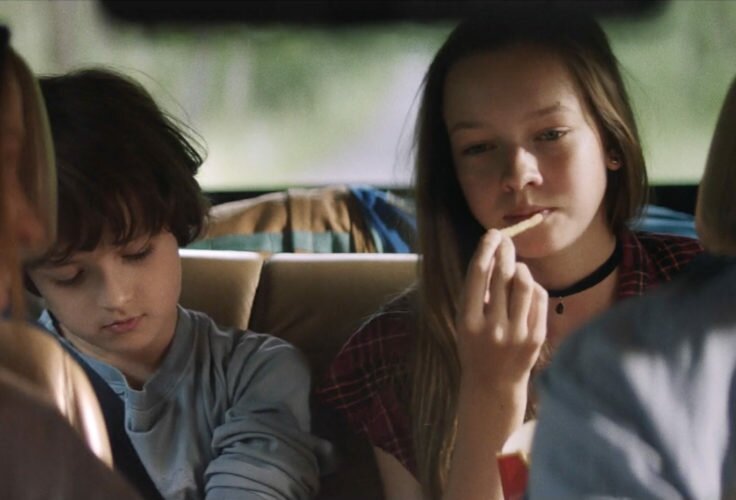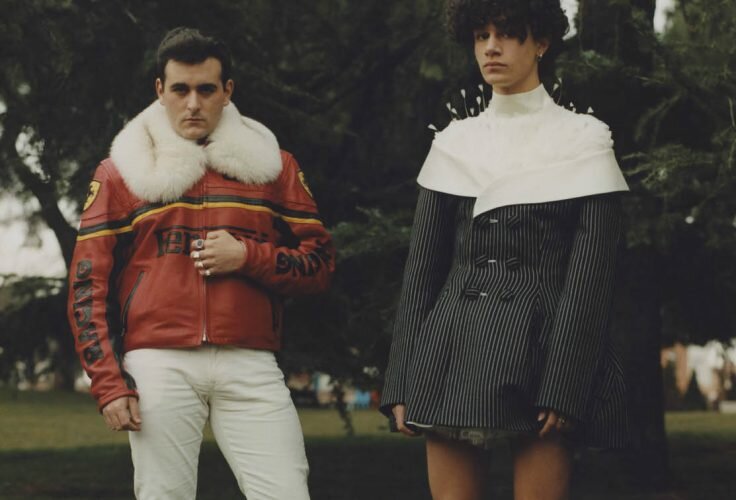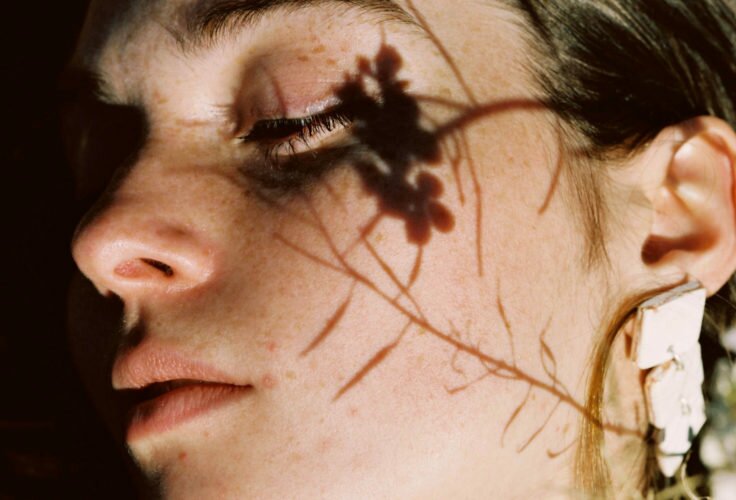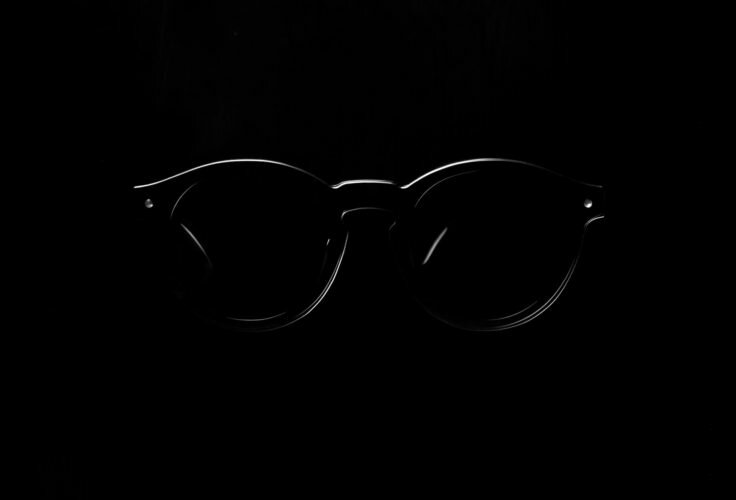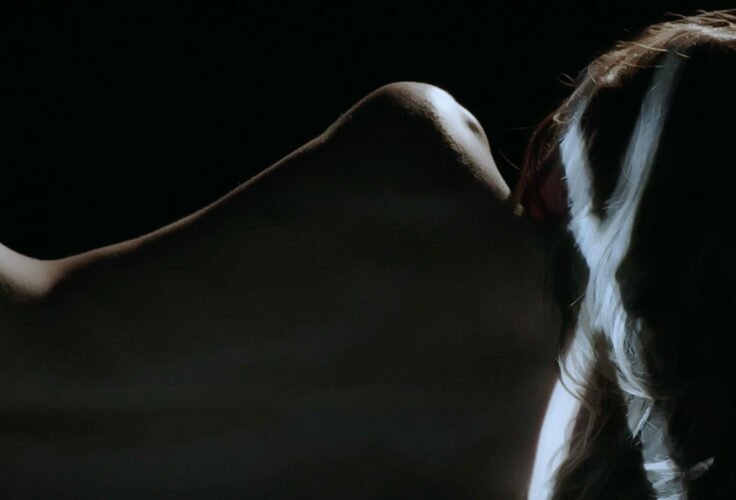A new star section by Diana Aller: Things I do while you work. In this case, going to Prague on a Monday. Illustrated by Flavita Banana.
I’m girly
I’m cool

Illustration by Flavita Banana
by Diana Aller
H&M T-shirts with the message “Feminism” written on them, cool magazine pages devoted to unknown female artists showing their Micky Mouse knickers, galleries exhibiting works by “girls”, flowery prints, cupcakes and cute things… THE LATEST PERVERSION: FEMINISM AS A TREND.
Lately, a determined, disinhibited and a bit rebellious woman, but who totally fits in with the system, has become somewhat of a trend. As well as attractive women with an indie, innocent, naive, scatter brained, and “cute” air… That is what advertisement’s creative types understand as femininity and feminism (for them the same thing, they don’t care about the political bias because what they want is selling stuff).
These men, in their thirties and forties (and also fifties), absolutely unaware of their own gender privileges, create fads, set trends and are responsible of certain intellectual and artistic movements… Women as consumers have a really high economic potential! Let’s give women a feminist product if that’s what they are asking for! These same men (I’m guessing, although I might not be that far from the truth) are the same ones who think that “there are also lots of men who suffer gender violence and nobody defends them”, or that “women are the ones who call the shots because they leave you penniless when they divorce you and they sue you for nothing”. Or maybe they have wives from whom they expect faithfulness, endurance and a socially passive role but an active one in bed. These men, to sum it up, have a lot of power over notions of consumerism, but not a clue about female struggles.
However, they orchestrate campaigns that pretend to be conscious. And they come up with such embarrassing things, to name but a supposedly innocent example, as this campaign about in which a bunch of women lead an apparently feminist struggle (sporting the typical purple colour and all), but cruelly stereotyped with patriarchal myths: a group of heterosexual, white and smiling females are happy and liberated while they hum a horrible playback. They are all dressed the same, in their right weight, do their work shifts, get pregnant, have clean houses, try on clothes and show the (apparently very easy) capitalist happiness of womanhood.
The lyrics start thus “I don’t like clichés, I don’t like to renounce, I don’t like being judged and not getting there. I’m a mother, a friend, a worker and a lover.” A delirious idea of what a liberated woman MUST be: a kind of superwoman accomplishing each and every one of the life tenets of a male chauvinistic society. Being a mother, working for the system, being on time everywhere, giving sexual pleasure, being someone else’s consolation and all this without wanting to renounce to anything or being judged. Hello? Has this anything to do with a feminist agenda at all? How did we get to such a perverse message?
Another example: on the (the “Manuela” bra) they don’t have enough with placing a hot model to show their garment. They give it an intellectual touch by explaining that she’s a student. A woman now needs to be more than just sexually desirable… These ad men know that they will sell more if they show a woman who thinks and studies, a feminist (but a hottie too, obviously). I’m glad it has provoked a great deal of .
Feminism is only a cool word
September 2015: in Bangladesh four million women live with less than fifty euros a month, deprived of basic labour, health, and education rights or simply a dignified life, while all textile multinational companies asphyxiate their workers and condemn them to a life of submission, necessity and ignorance… While this happens, some fashion giants shamelessly exhibit and sell T-shirts made by these suffering workers. T-shirts that read: “Feminism is the radical idea defending that a woman is a person”.
Fashion editorials are full of feminist mottos: an old sort of feminism celebrating (oh, how transgressive!) civil rights, the work of the suffragists and a sweetened and clingy vision of activist women and their outfits. All of a sudden, feminism is “cute”, has nothing to do with philosophical theories or intergenerational debates. It’s a school of thought that says: “being a free woman is cool” but doesn’t include women with hair on their armpits, non-normative lesbians, menopausal or disabled women, for instance.
Chanel started this chic-feminism trend by distorting the main ideal of the movement and reducing it to four cheap mottos in last year’s show. The person in charge of this, a man who for years has been collecting criticism for his misogyny, Karl Lagerfeld, was widely cheered and praised for his artistic sensibility towards the cause. The models carried banners so well thought-of as “I’m not on sale”, “Ladies first” or “Guys should get pregnant too”. Oh my god…
Although if we go further back, girl power as a commercial strategy in culture was born at the end of the nineties with the Spice Girls, when five girls embodied other five supposedly feminine roles: naiveté, wildness, poshness, sport and sexuality. They sang to freedom saying: “do what you want” and “have fun”, something I find quite healthy, but nobody predicted the -stratospheric- economic consequences of such a thing. A revolutionary concept was born: the most stereotyped femininity as an aspirational model for consumerism.
And from there to now: Beyoncé, hetero-normative sexual icon par excellence, calls herself a feminist. Frozen, the blockbuster whose protagonists show impossible wasp waists is deemed feminist. MTV, which sexualises women and kids in all its representations, is considered feminist. Taylor Swift takes back her own initial declarations to end up declaring herself a feminist. Even Soraya Sáenz de Santamaría thinks of herself as a feminist. It’s the politically correct thing to do…
An unstoppable trend
This stereotyped feminism, devoid of any content, harmless, of economic interest, artificially set, etc., doesn’t affect the world of fashion. Anything goes to sell “women things/things for women”: interviews with mediocre designers, businesswomen who defend the most rampant form of capitalism, girls with impossible sizes and not a lot of clothes on (as heterosexual males like them) illustrating articles about female claims, old-fashioned aesthetics that promote the return to the home to bake your own bread, the view of maternity in the media, advertisement with all its violent and objectifying charge, girl art exhibitions… anything with a remotely girly flair is considered feminism.
And that’s when the trend becomes a synonym with cool, cute, absurd… And in marketing meetings the adjective “girly” is used now in the same way “trendy” was used before. The worst thing: girly doesn’t mean feminist anymore; now it has become something idiotic, corny, childish, easily manipulated… but they keep on working as if it was the same thing. And they keep on coming up with excellent ideas: fat free yoghurt with pink flowers on their packaging, shop windows with size 6 mannequins sporting femen style flower garlands, a sweet shop with sweets in pastel colours and vichy square upholstery… Everybody applaud and raise their hands! Didn’t you hear? Feminism is in again!
This supposed feminism tells us women to “feel light”, we “are strong”, we should “feel safe”, “perfectly straight”, “always clean”… and lots of contradictory stupidities that construct a deficient gender identity. Being a woman is cool! Everything has been thought of with us in mind! The world is full of facilities and understanding, of cute and accessible things so that we don’t need to worry about anything. As the current dogma says, feminists don’t think, they consume. And they’re happy. Up, girly, up!
Of course, cultural and feminist activism comes from way back and is fortunately more than consolidated. Another thing is that it is rarely given a voice or its image is continuously discredited. There are many girls doing very interesting things in the fields of music, sculpture, video art, literature, design, etc. We have Nuria Mora with street art, an essential post-graffiti artist; the ironic Ana Belén Rivero and Monstruo Espaguetti, who from humour and feminism charge with true venom their more and more acclaimed illustrations. We could also mention the poignant , who has turned such an unpleasant genre as the monologue into an art of feminine harmony. Or maybe Marie Tooth, alter ego of a hyper realistic painter who silhouettes painful and fragile fleshy contours. And we have the Hinds, judged in all aspects save the musical one, because each time someone writes about them they have to say that they are girls and they aren’t that good, a strange binary that apart from being a lie nobody knows where it came from. We have, thus, strong women in art and culture.
But I’m afraid that in order to “present themselves to the world”, the media, galleries or whoever still need to show a pretty girl. Now it’s no longer a half-naked model on a car to advertise a Motor Show. Now they sell us a neo-grunge image with skinny girls with dark nail varnish, platform sandals and socks and wool hats. It’s the same decontextualized and objectifying shit to try and sell us something “for girls”. Nope, this has nothing to do with us. These are just models who are supposedly cool, empty aesthetics to pervert a well-constructed message that has been going on for a long time.
All this dilutes and stains gender theory, separating even consumer women themselves. As soon as the interests of some products or campaigns for women are criticised as selfish and fake, there arise very annoying debates in which you always end up hearing: “If it doesn’t sound feminist to you, then it’s your problem, who is giving out the feminist membership cards here?” Because what reaches most women is that being a feminist is something cute and empowering thanks to the freedom to choose what to buy and, at the same time, what is cool is being thin, offering a fragile image, sexually active and always worried about stupid stuff.
Lots of people think that FEMINISM as a trend means at least opening a door to critical thinking, to sensibility before the lack of privileges, to looking for references… They think that it might make some consumer girl interest herself in our struggles and history. I… I’m starting to doubt it, to be honest.

The lactose-free milk superwomen.

Beyoncé, the beginning and end of feminism as a show.

Karl Lagerfeld leading a feminist march: a show, a flash-mob, a moral lifting or a bad joke?







